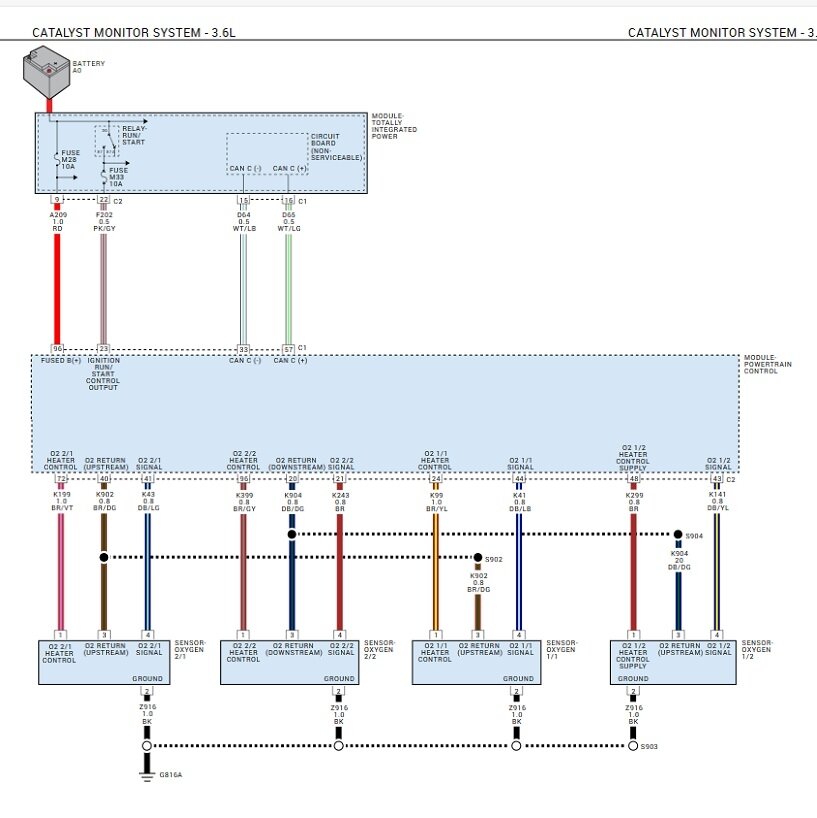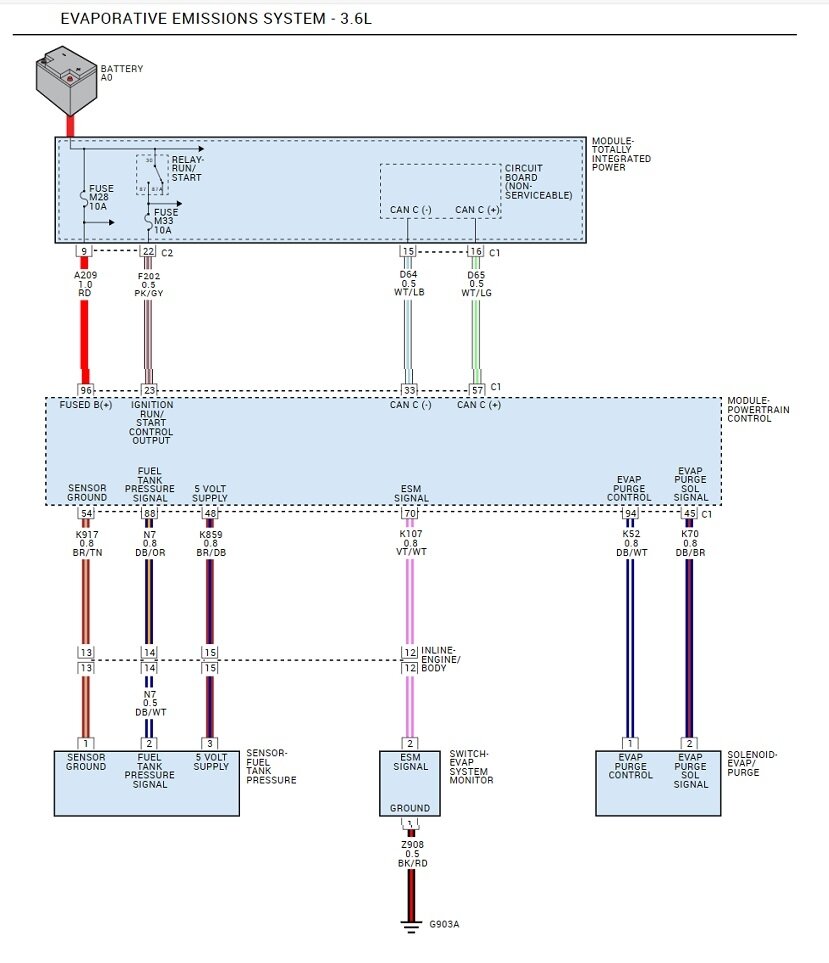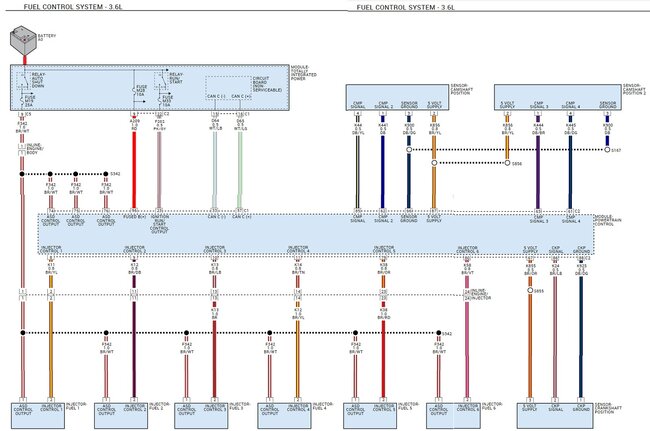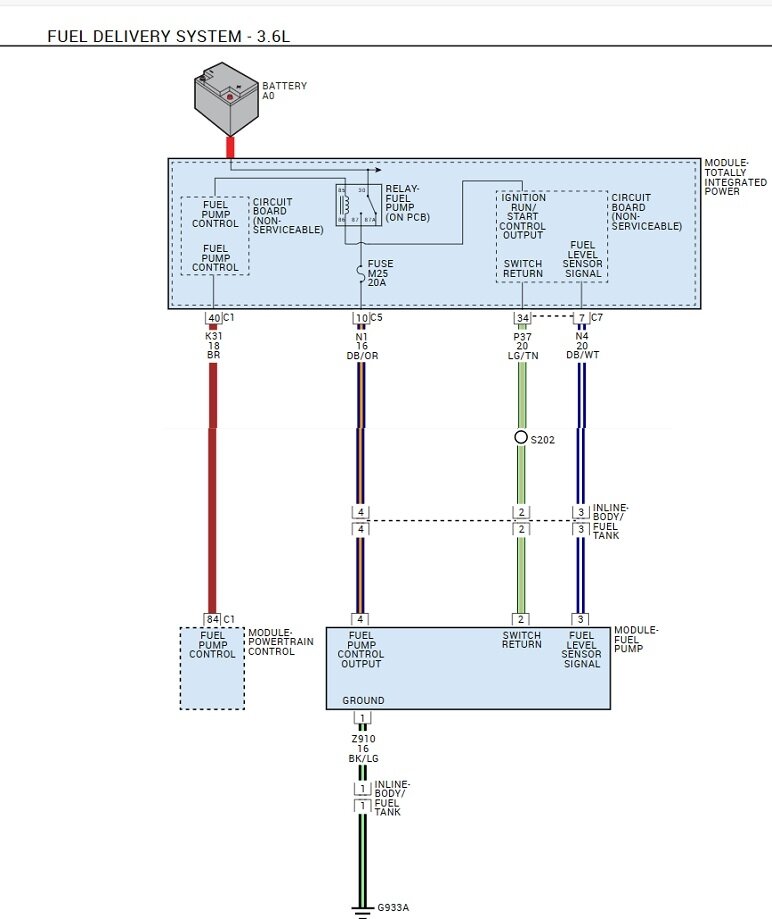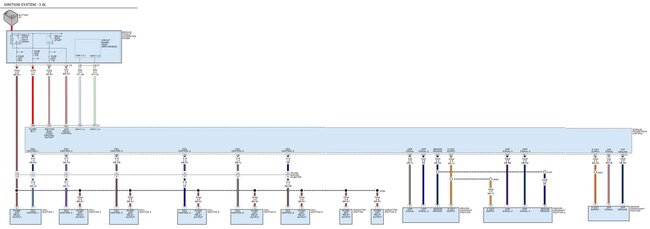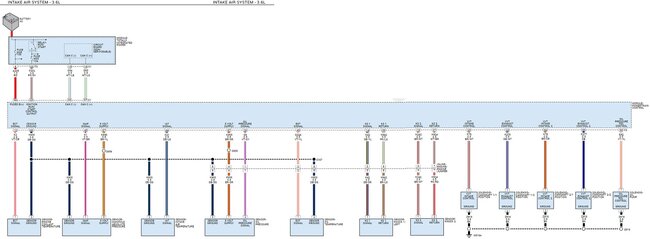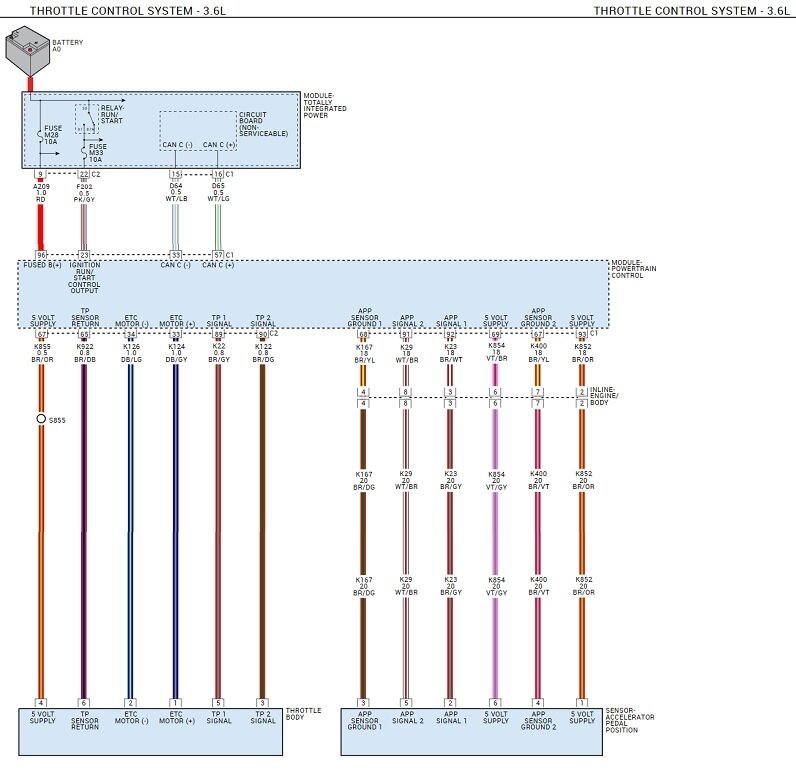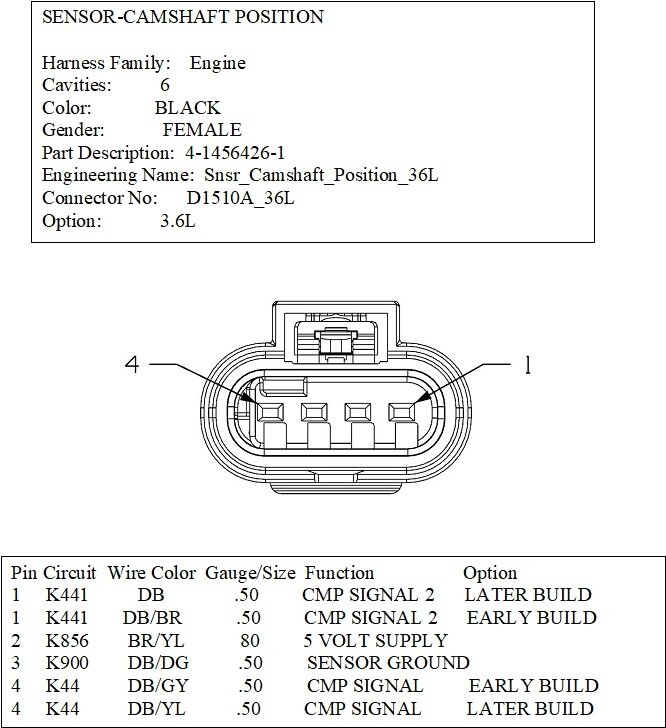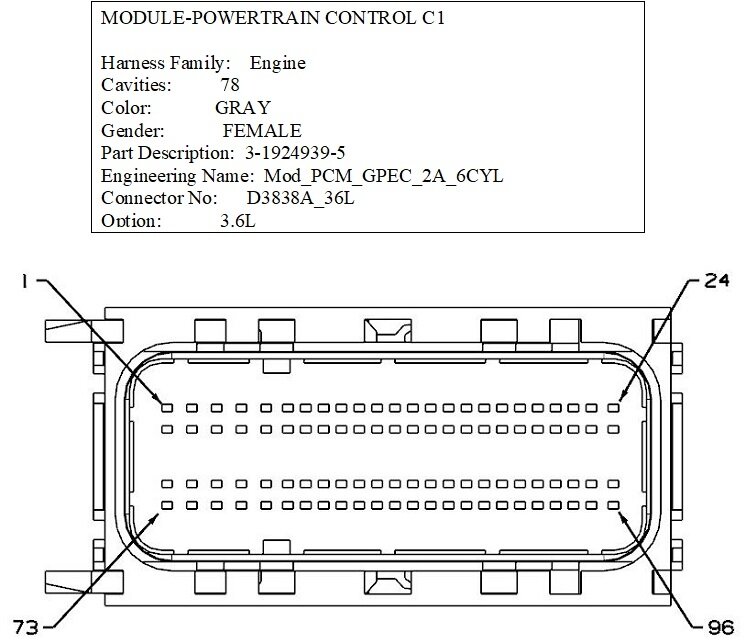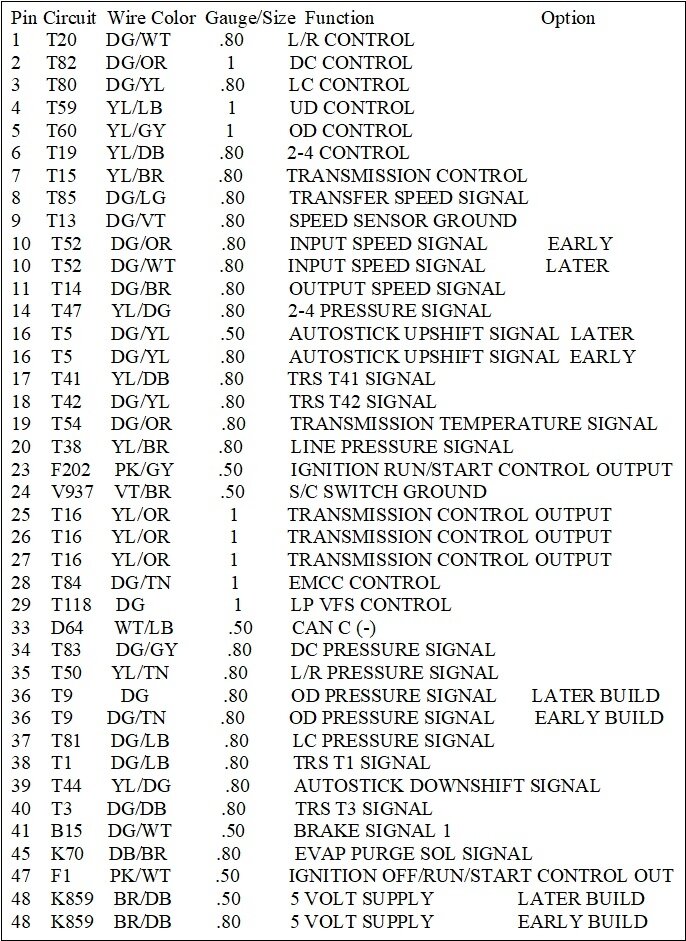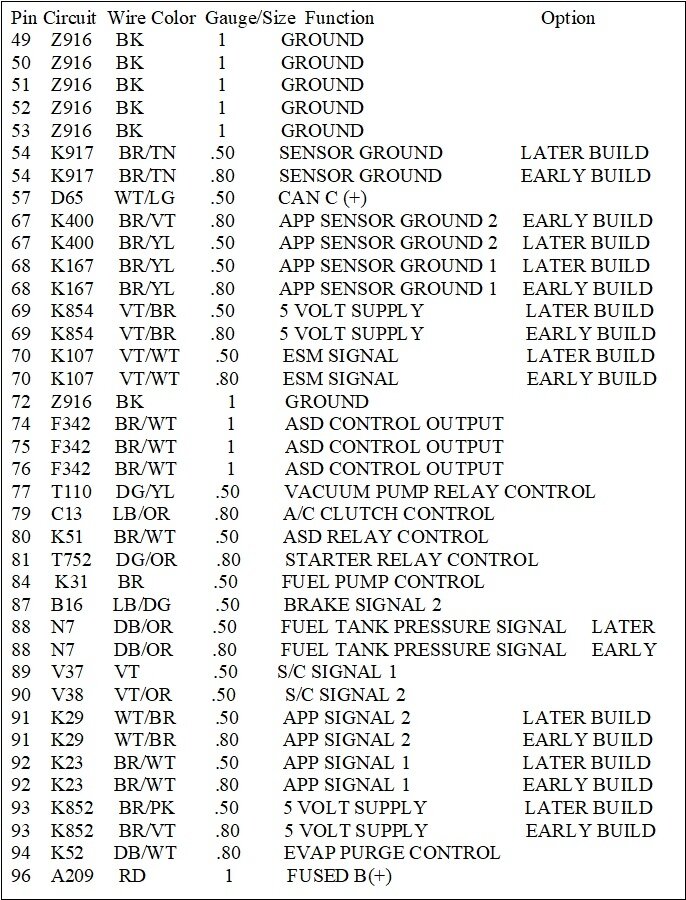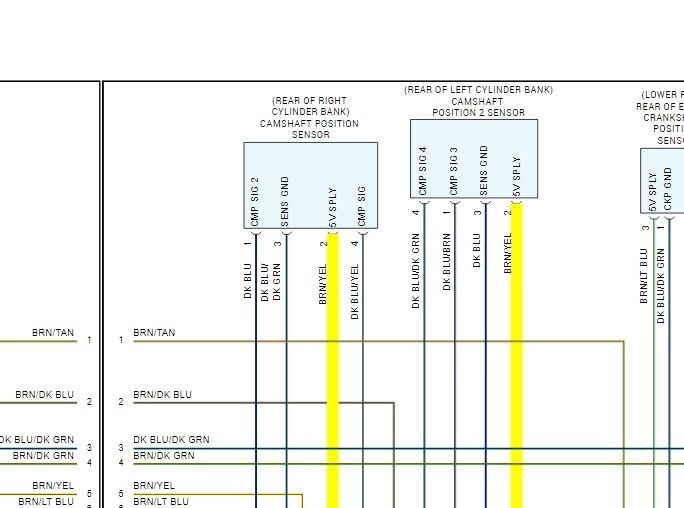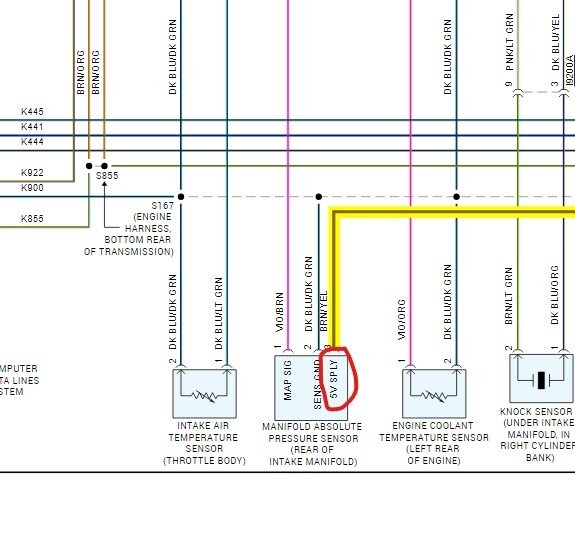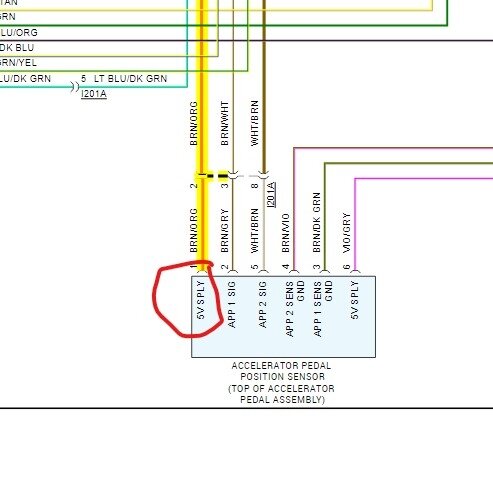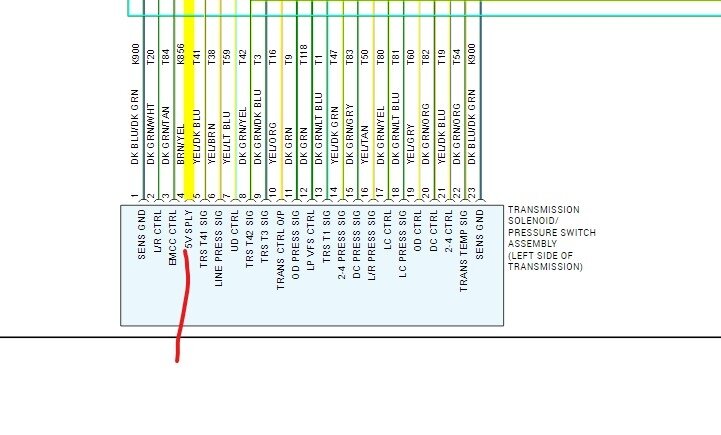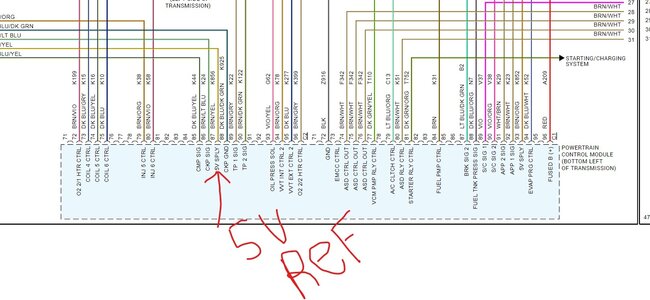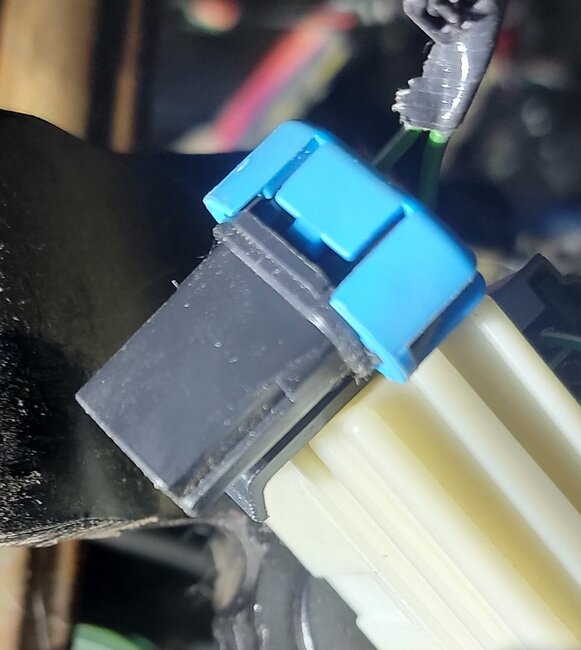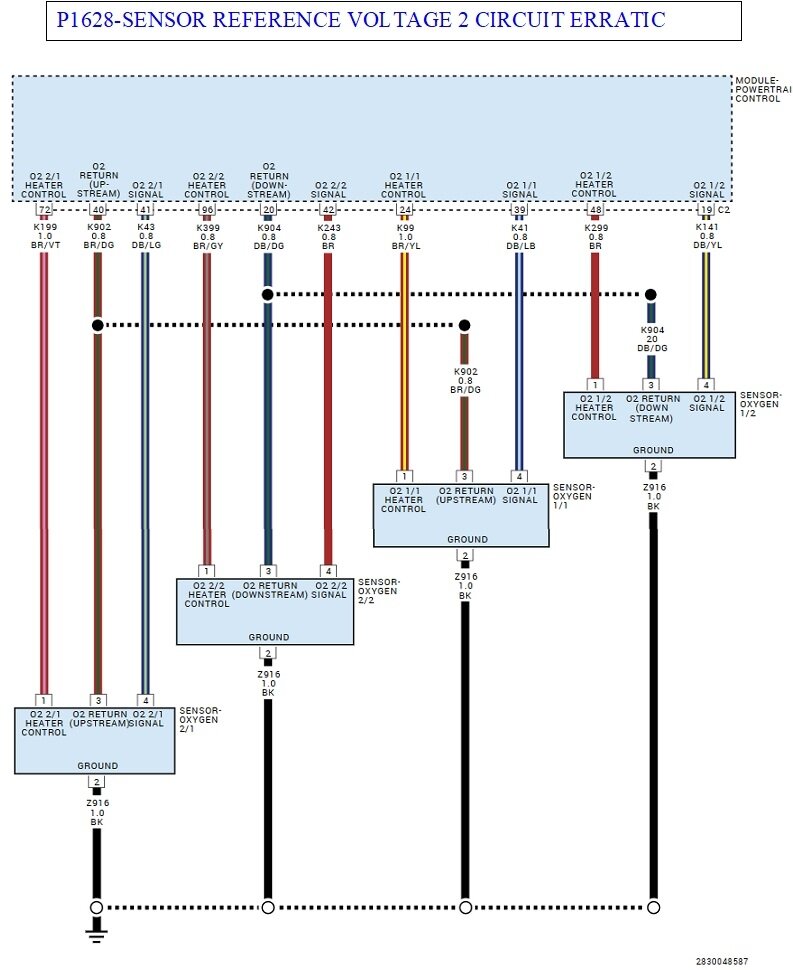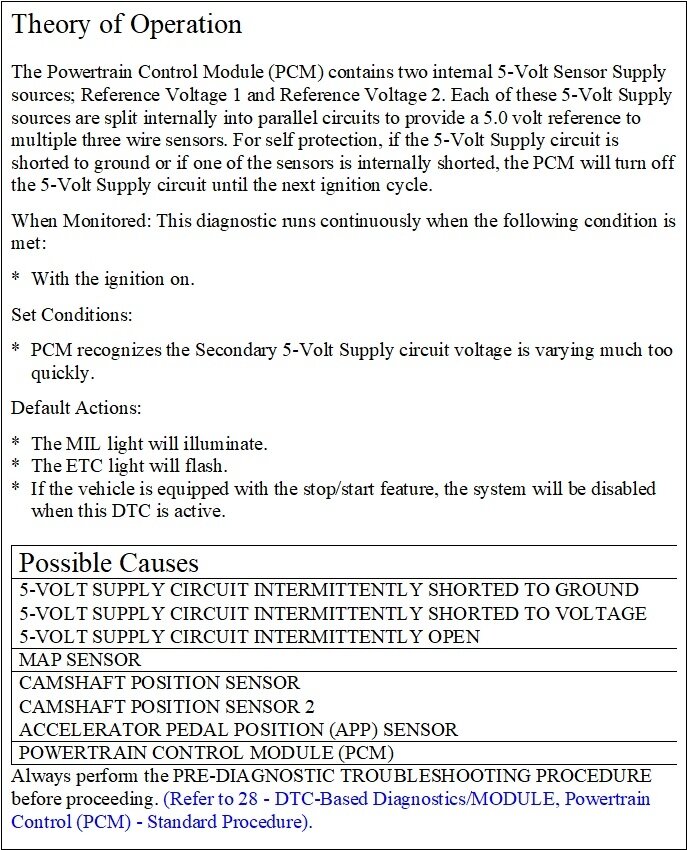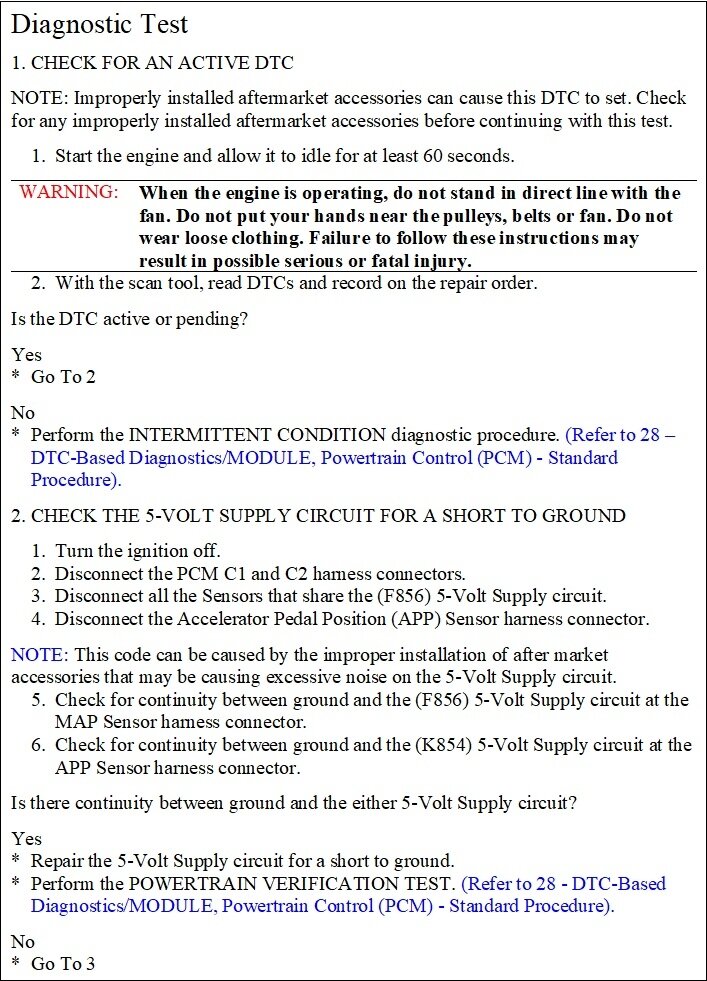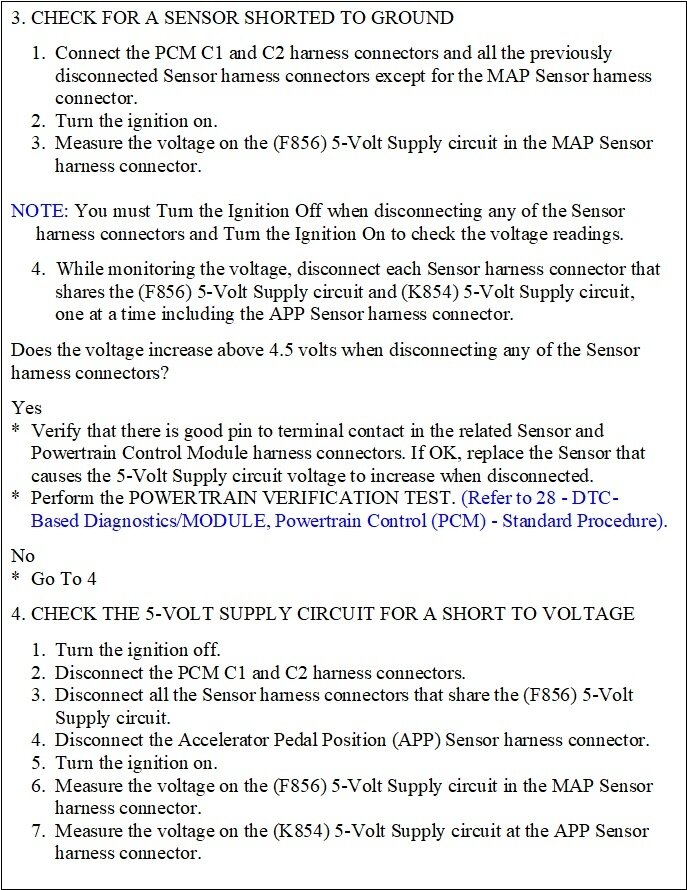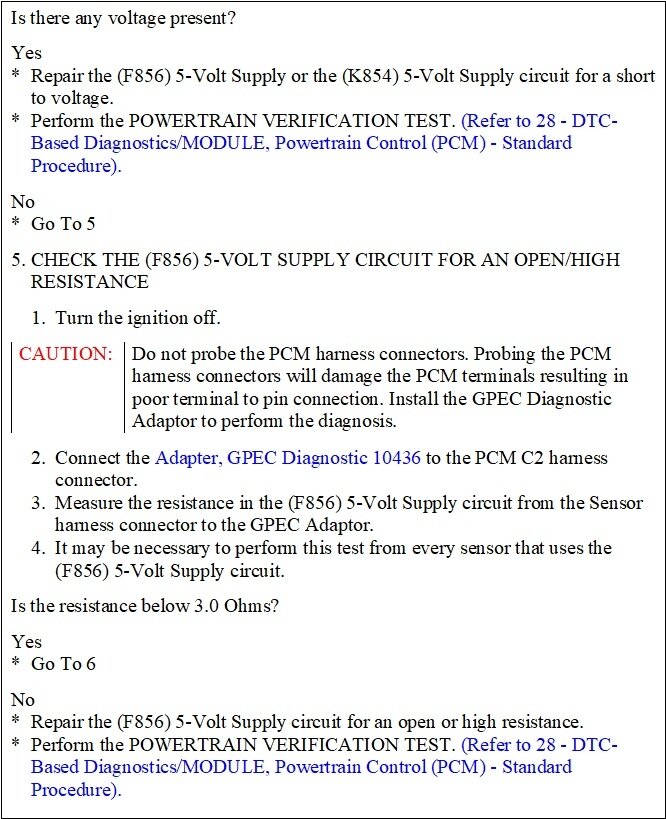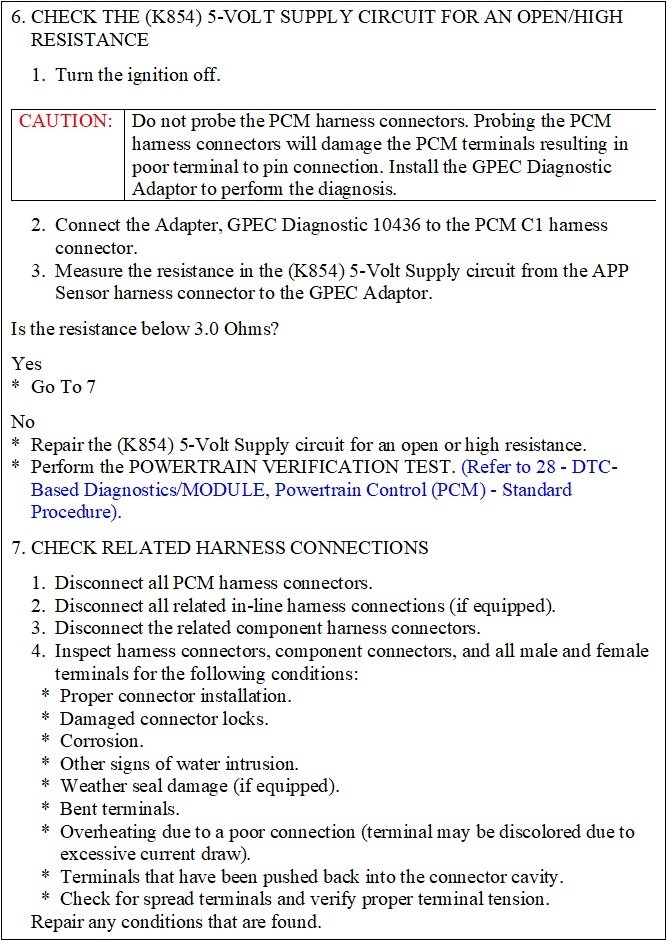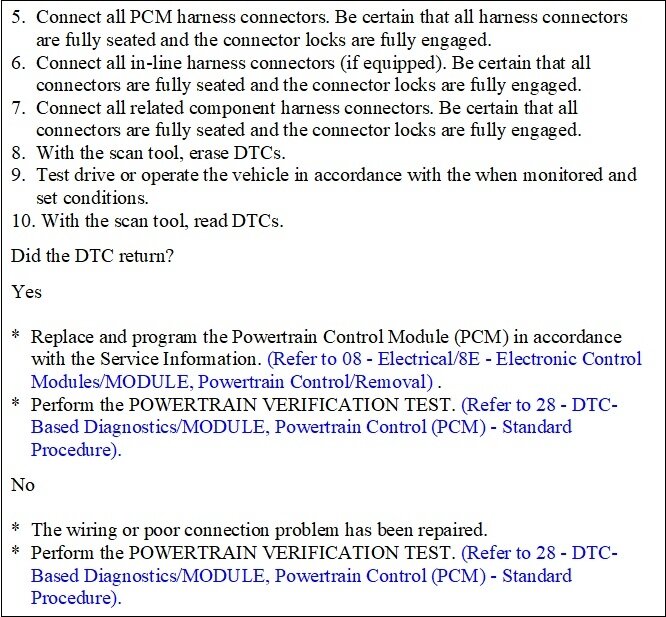I only picked code P1628 to start with because it is related to all the other codes. It takes me about two hours to copy the steps, and then fix the formatting that doesn't get included. I'm just trying to post the information, even though it doesn't look pretty. I can do the same with any of the other codes, just tell me which one to start with.
I wanted to add a comment of value about the difference between signal ground and actual ground. All of the sensors have ground wires that do go back to ground, but they go through the Engine Computer to do that. This way the computer can monitor that circuit.
As a result of that monitoring circuitry, you're going to find very close to 0.2 volts on those sensor ground wires.
I didn't look at your diagram, but on all the older Chrysler products, there were four ground wires on the Engine Computers. I don't mean the ground wires coming in to it. I mean four that actually bolt to the body sheet metal. One of them is called the "signal" ground. A second one is called the "power" ground. The power ground is for high-current circuits like for the ignition coil(s), injectors, solenoids, and relay coils. None of those are affected by voltage variations, regardless of cause. The problem is there is always a tiny amount of resistance in the wires and the circuitry in the computer. Since you're an electrician, you'll understand what I mean when that resistance causes a voltage drop when current flows through it. Ignition coils and injectors switch on and off, so the current through the ground wire is always changing, and so is the voltage drop. That voltage drop might be in the order of tenths or hundredths of a volt, but that has no affect on those circuits.
If the sensors were grounded on the same ground circuit, they would see those tiny voltage fluctuations. To them, a few hundredths of a volt on the ground wire can translate into a similar variation on their signal wires, and a few hundredths of a volt can have a huge meaning to the computer, especially from the MAP sensor.
I never tried measuring continuity between the various ground wires, so I don't know what "normal" is, but there are separate circuits so the pulsing voltage and current don't affect each other. There was always a second power ground and a second signal ground for redundancy, in case one got cut or corroded.
Monday, January 22nd, 2024 AT 7:55 PM
